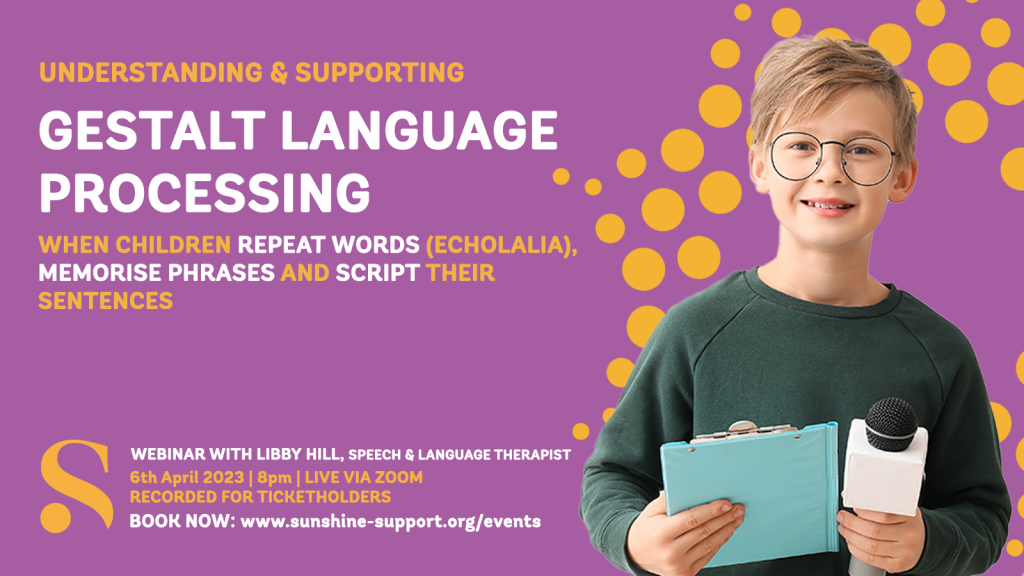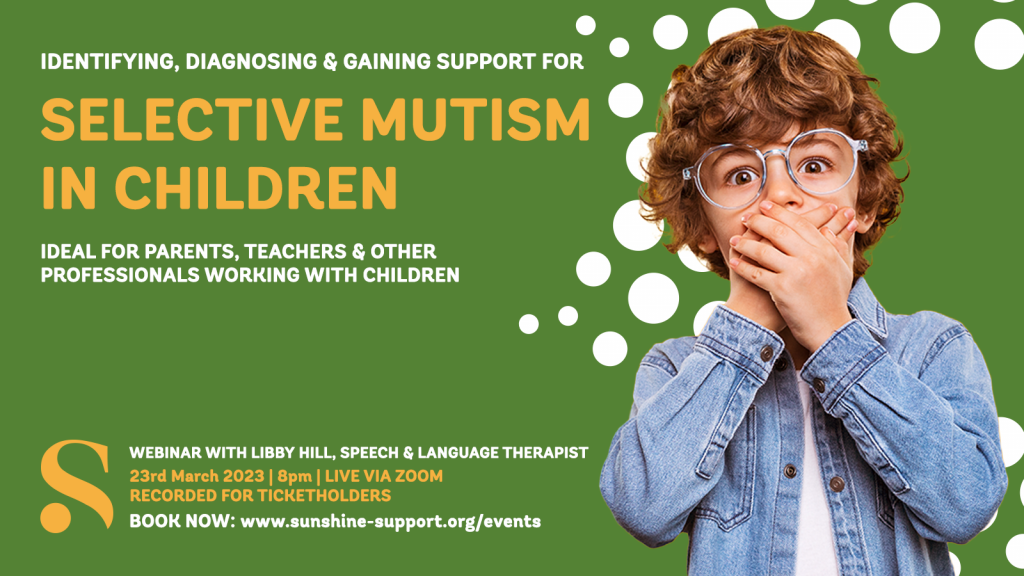
Trauma, Sensory Differences and The Polyvagal Theory… If you ever see any of our Sunshine Support workers together then they probably are talking about one of those things if not all of them. The Polyvagal Theory is something we LOVE to talk about, we are HUGE endorsers of it in all of its complexities. There’s always something new to learn, which is one of the reasons it can be so difficult to comprehend.
In layman’s terms, it is a theory that explains how a trauma response can be induced causing all manner of overlapping problems. In knowing how this happens we can start connecting potential and active triggers with physical and mental responses.
Through interpreting all of our behaviours we can begin to form healthier connections, reducing anxiety and creating positive reinforcements.
The Vagus Nerve
The vagus nerve is (usually) the longest cranial nerve in the body, connecting from our brain down to our colon. It plays a large part in our Automatic Nervous System (ANS), which contributes the control of our breathing, heart rate, digestion and reflex actions. These are everyday things we experience unconsciously; they regulate us.
Our Automatic Nervous System is constantly scanning our environment, observing if it is safe or if there is any perceived danger. This is where the Polyvagal Theory comes in.
According to the theory, we have three different states of nervous system activation or states of stress:
· Ventra Vagal Social Engagement
· Sympathetic Activation
· Dorsal Vagal Shutdown
We change between these states (which I will explain fully later on) depending on whether we feel safe or endangered in our connections with our environments and people around us. They are normal functions, however, when traumas are left unresolved this process can become dysregulated. This not only affects us mentally, but also affects our physical selves as the vagus nerve connects so many of our internal organs.
States of the Nervous System
Ventra Vagal Social Engagement is the state where we feel safe and open/able to connect with other people. In this state we are able to:
· Relate to others
· Empathise
· Interoperate body language and facial expressions.
· Feel present with ourselves
· Be relaxed
· Communicate concisely
· Feel safe and secure
Sympathetic Activation is a state of alertness. This is sometimes referred to as the Fight or Flight response. We detect danger and are given the motivation to react accordingly. In this state we often:
· Experience Anxiety/Feel Anxious
· Feel tense emotionally and physically
· Become hyperactive
· Experience elevated heart rate
· Begin to breath faster/rapidly
Dorsal Vagal Shutdown is our freeze response. Our brain is alerted of danger or what it perceives as danger and our body compensates by shutting down to conserve metabolic resources. Our blood flow rapidly increases to the internal organs, our breathing and heart rate slows, and our digestive system stops functioning. Social engagement and awareness of our surroundings ceases. During this state we can also feel:
· Immobilised
· Trapped
· Dissociated
· Numb
· Depressed
· Hopeless
Why do we change between these states?
It’s normal really. It’s just how we automatically regulate on a daily basis and navigate through different environments. When our Automatic Nervous System is functioning correctly it should switch between states with ease and response appropriately to its surroundings. However, when this becomes dysregulated or if we have not been shown how to regulate it, that’s when it becomes a problem.
But what causes this? More than often it’s down to unresolved or long-term trauma.
Trauma can live in the body, not just in the memory affecting our mental health, but in our physical selves too affecting our physical health. Through comprehending the Polyvagal Theory, we can start to understand this overlap.
As an example, if we take anxiety and how emotionally makes us feel dread and fearful, but physically it often makes us feel sick or unable to sit still. That is our nervous system entering Sympathetic Activation, making our physical and mental selves respond accordingly.
Trauma and Neurodivergence
Trauma can look like anything; it quite often wears a disguise. It’s a bit of a buzz word but we shouldn’t be afraid to say it. Over compliance can be a very common presentation of trauma as is the extreme opposite response of demand avoidance; this is where our brain over-risk-assesses and deems certain demands as a major risk, leading to demand avoidance. There are many types of demand avoidance. They can be associated with trauma but also with other things, with the most complex to understand being Pathological Demand Avoidance otherwise known as PDA. A PDA profile can only be diagnosed as part of an autism assessment, but can look a lot like the demand avoidance we see through trauma. Whilst they are separate presentations, they can indeed occur together. In order to understand one from the other (or indeed if they’re occurring together) it’s essential the diagnostic clinician is highly experienced in both Trauma and PDA
Strain on the mind and body, what does this result in?
We are becoming increasingly enlightened in this day and age into what trauma is doing to us. Some long-term problems and illnesses include:
· Insomnia
· Depression
· Anxiety Disorders
· Selective or Situational Mutism
· Disorders of the digestive system
· Chronic Fatigue
· Dissociation, depersonalisation and derealisation
· Emotional Dysregulation
· Executive Function Difficulties
· Migraines
· Hypermobility
· Physical Pains
· Hypervigilance
· Dramatic weight loss or weight gain
How can we appease the vagus nerve?
When considering how to use the knowledge of The Polyvagal Theory to reduce anxiety and resolve trauma it is paramount to take a holistic approach that is tailored to the individual.
We must take into account, environment, physical and mental health in order to identify triggers and work on rebuilding healthy connections.
Consider:
· Talk Therapy
· Exercises for Vagus Nerve Reset (There are many great ones online!)
· Breathing exercises, mediation, mindfulness
· Considering diet to improve the gut-brain connection
· Singing, music, humming (all proven to help relax the vagus nerve)
· Allowing yourself to take time to rest and relax by doing what you enjoy







